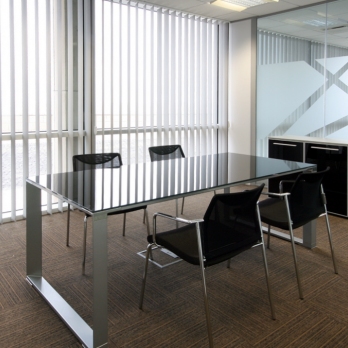The Supreme Court have released their decision in Fearn and Others -v- Board of Trustees of the Tate Gallery, with a 3-2 majority ruling that the Tate Modern’s viewing platform does amount to an actionable nuisance.
The Tate Modern opened the Blavatnik Building in 2016 – a ten storey high extension to the museum, complete with a viewing platform which boasts 360 degree panoramic views of London. The claimants are five flat owners from the neighbouring Neo Bankside development, whose properties were on the 13th, 18th, 19th and 21st floors which are about the same height above ground level as the viewing gallery.
The viewing platform opens at 10am and is accessible 7 days a week. Due to complaints, the closing time was changed from 6pm Sunday to Thursday and 10pm on Friday and Saturday to 5.30pm on Sunday to Thursday and 7pm on Friday and Saturday for the south and west side of the platform, with the north and east side staying open until 10pm. The whole platform was open until 10pm for one Friday of each month.
The platform was visited by an estimated 500-600,000 people each year, with a limit of 300 people at any one time. There were a significant number of visitors displaying a visual interest in the claimants’ flats – looking, waving and even taking photographs, some of which were posted online with comments made about the interior decor.
The claimants brought a claim for nuisance and sought an injunction which would require the Tate Modern to prevent its visitors from viewing their flats from the viewing platform. In the alternative, an award in damages was claimed.
The claims were dismissed by both the High Court and Court of Appeal and were appealed to the Supreme Court.
The Supreme Court majority judgment reviewed the core principles of nuisance as:
- Using land in such a way that causes wrongful interference with the ordinary use and enjoyment of neighbouring land
- Interference must be substantial to amount to nuisance, as per the standards of the ordinary person
- A nuisance may not always occur even where substantial interference has been made out if the nuisance occurs whilst common and ordinary use of the land is being carried out
The majority judges, in applying these principles to the facts, found that “the claimants’ flats are under near constant observation by viewers to the viewing platform” and that “the ordinary person would consider that level of instruction to be a substantial interference with the ordinary use and enjoyment of their home.”
Further, “inviting members of the public to admire the view from a viewing platform is not a common and ordinary use of the Tate’s land.”
The majority judgment considered that the trial judge had erred in applying the wrong test in respect of the Tate Modern operating the viewing platform by considering whether this was an ‘unreasonable use of land’ as opposed to a common and ordinary use. Further, the trial judge had shifted the onus of responsibility onto the claimants by finding that it was reasonable to take preventive measures, such as installing curtains or blinds, to avoid being seen from the viewing platform. Lastly, the trial judge found that the claimants had exposed themselves to visual intrusion by choosing to live in flats with glass walls. The Supreme Court found against this approach, confirming that the Tate Modern had used its land in an “abnormal and unexpected way” so it was not appropriate to say that the claimant “would not have suffered nuisance if there property had been a different design or construction”
The Court of Appeal acknowledged the trial judge’s errors, but had themselves incorrectly decided that the claim had failed because “’mere overlooking’ cannot give rise to liability for nuisance”. The Supreme Court found that “constant visual intrusion” as were the facts of this case, did give rise to nuisance.
Whilst this is a significant decision, not least for those property owners who have been impacted, it is unlikely to result in the floodgates opening on nuisance claims as a whole. The majority judgment confirms that “mere overlooking” is not the foundation for the decision, but rather the invitation for people to constantly look out which is ‘not a common and ordinary use’ of the Tate Modern’s land which was crucial.
If you’d like to find out more the full cases are available here…
High Court Case
https://www.bailii.org/ew/cases/EWHC/Ch/2019/246.html
Court of Appeal Case
https://www.bailii.org/ew/cases/EWCA/Civ/2020/104.html
Supreme Court Case
https://www.supremecourt.uk/cases/docs/uksc-2020-0056-judgment.pdf





